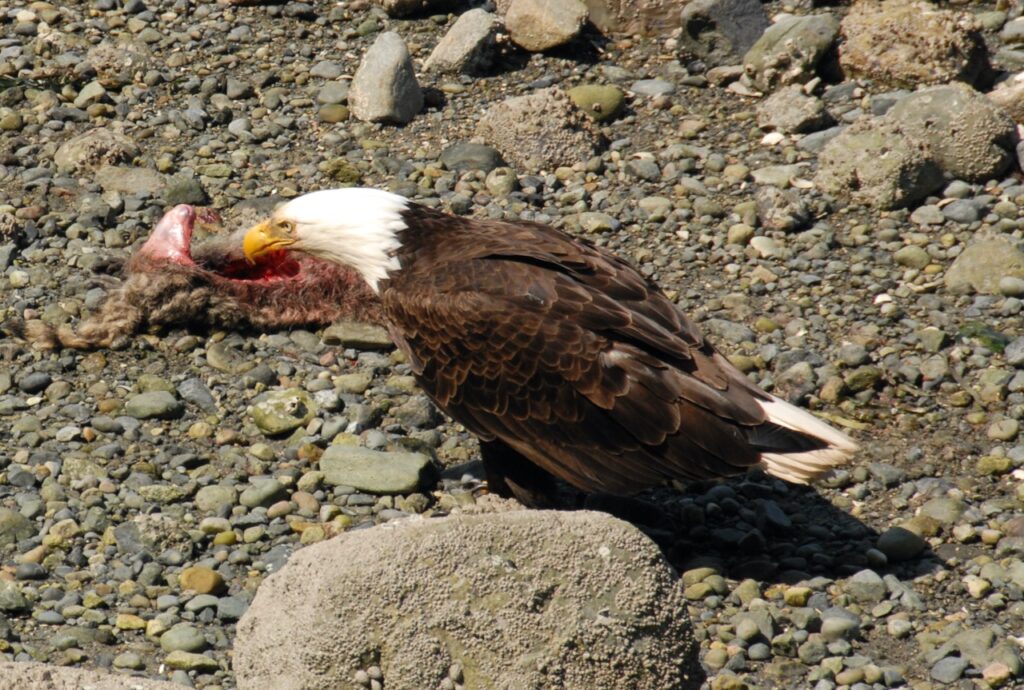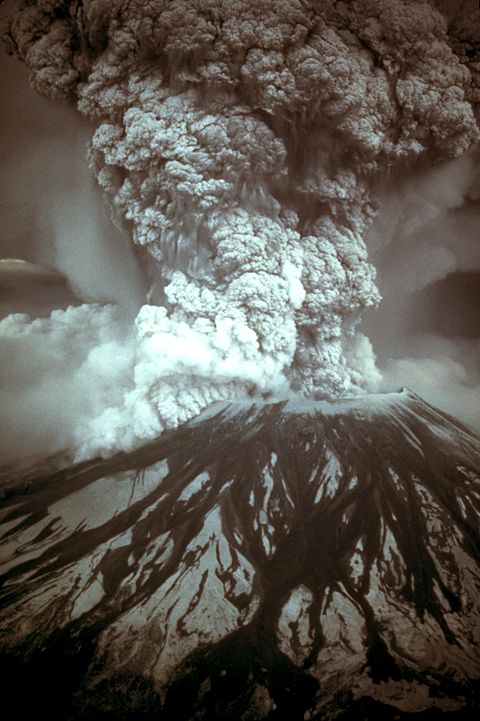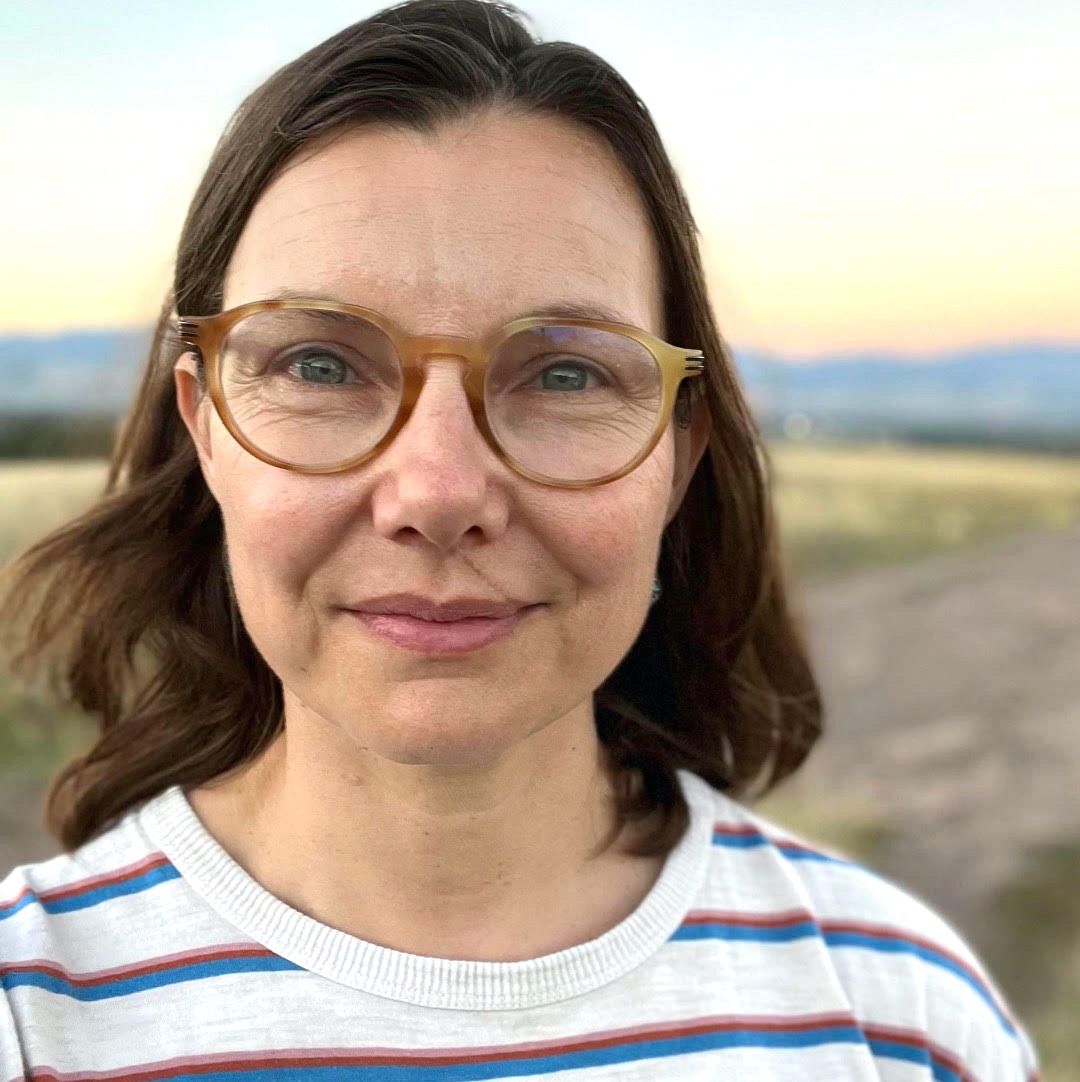Sharma Shields flashed onto the Northwest literary scene in 2012 with Favorite Monster, an award-winning collection of sharp, funny, and sometimes poignant tales about monsters of all kinds. Three years later, her debut novel, The Sasquatch Hunter’s Almanac, established her as a writer to watch.
Although a Sasquatch named Mr. Krantz appears in chapter one and fantastical creatures and events pepper its pages, Almanac is, at heart, the moving and quirky tale of one man’s quest to understand himself and his family. With chapters told from different perspectives, it feels like a story collection in which the tales form a mosaic both stranger and more universal than its title suggests.
Shields’ second novel, The Cassandra, moved her closer to the mainstream, but it has its fantastical elements as well. Its main character, Mildred Groves, is a naïve young woman who can see the future. When she takes a job at Hanford during World War II, she discovers that monsters can appear in human form too. The book’s final pages contain some of the most beautiful, compelling, and profound writing about the Northwest and the horrors of our modern world you’ll find anywhere.
Shields, who works as a Writing Educational Specialist for the Spokane Public Library, has long been an advocate for Northwest writers of all kinds, especially those from underrepresented groups. On August 8, she will be the first featured author in the inaugural season of the Cascadia Writers-in-Conversation series.
For a full bio, see below.
Sharma Shields
WNW: What aspect of the Northwest do you feel hasn’t been adequately addressed in writing yet?
SS: I’m always thinking about who has the privilege of writing stories, and who does not. A lot of literature in the west in general seems to focus on the masculine, but the feminine is just as vital. There are a lot of archival silences in literature everywhere—including the Northwest—involving BIPOC writers and queer writers. Uplifting these neglected voices is, to me, essential. I push books like The Flood Girls by Richard Fifield, Marrow Island by Alexis M. Smith, Washington Black by Esi Edugyan, Perma Red by Debra Magpie Earling, The Laughter by Sonora Jha, Lesser Known Monsters of the 21st Century by Kim Fu and so many more, not because they are filling these archival silences but because they are some of the very best literature penned by Northwest writers. They are works that surprise and delight me. And I love works that subvert the idea of the classically masculine, like in Joe Wilkins’ new novel The Entire Sky, which offers examples of different, gentler forms of masculinity unfolding in a Northwest landscape.

WNW: How would you characterize your approach to the Northwest in your own writing?
SS: I drank in the natural world as a child (and continue to do so, hungrily, as an adult) and I breathe these details back into my fiction, but stitched into these exhalations is my love of the fairytale-esque and the mythological. I don’t idealize nature in my work the way some writers do: The natural world is as capable of harm and indifference as our intimate family structures are, as our larger abusive systems are, and I want that whole range of harm and healing detailed in my work. But wonder and magic for me are just as vital as the exploration of grief. When I write, I’m bringing all of my pain with me, and all of my love. I’ve really realized that being in the trees, walking or hiking or paddleboarding, brings me a similar peace and gratitude that writing does. These are soothing balms for me, but their effect is always temporary. It’s not long before I trip into my grief again. Maybe because I made the mistake of returning to my hometown (Spokane), this grief feels interminable to me.
WNW: What is your favorite book about the Northwest and why do you like it?
SS: Off the top of my head I’m going to say Beth Piatote’s The Beadworkers, which is also one of my all-time favorite story collections. It begins in the language of what I believe are the Inland Northwest’s rivers and waters, and also the language of the Nez Perce, Cayuse people, and it moves from the fluidly lyrical/challenging into more traditional/accessible narratives, experimental forms, and finally even a play. It’s funny, it’s moving, it’s honest, it’s hopeful, it’s a testament to survival and love. And more than any other book I’ve read about the Northwest, it feels born of this place.

WNW: What is one of your favorite passages about the Northwest from your own writing?
SS: I dig the way that I incorporated the Mount Saint Helens’ explosion into The Sasquatch Hunter’s Almanac. Playing with the very real histories of this place and mixing them with the fantastical and deeply emotional is always a blast. I love reference work and research (I work in the Inland Northwest Special Collections at the Spokane Public Library) and research plays a heavy part in my fiction, even when the very weird is happening. In terms of prose, I like the way Washington State unfurls in the final passages of The Cassandra. Anyone who has driven over the Cascades from the west side to the east side of Washington State will orient themselves within that description:
But it was the backseat I wanted. From there I could watch the world spin to us, I could witness whatever was coming next, the suffocating greenery of Western Washington, the spindly waterfalls striping the Cascades, the opening up of the prairie lands, the muscled, burnished fists of the canyon, the disinterested gray serpent of the Columbia River, the dry colorless sagebrush steppe, the dip into the valley of my hometown with its neat square houses and its sunsets the color of shame.
I was writing from deep memory here and of the Inland Northwest of my youth, and I was writing about my own return to it and my own fear and regret and shame.
~ ~ ~ ~ ~
Sharma Shields is the author of a short story collection, Favorite Monster, and two novels, The Sasquatch Hunter’s Almanac and The Cassandra. Sharma’s short stories and essays have appeared in The New York Times, Electric Lit, Catapult, Slice, Slate, Fairy Tale Review, Kenyon Review, Iowa Review, Fugue, and elsewhere and have garnered such prizes as the 2020 PNBA Award, a 2020 Artist Trust Fellowship, 2016 Washington State Book Award, the Autumn House Fiction Prize, the Tim McGinnis Award for Humor, and the A.B. Guthrie Award for Outstanding Prose. She received her B.A. in English Literature from the University of Washington (2000) and her MFA from the University of Montana (2004). Sharma runs a small press, Scablands Books, and is a contributing editor for Moss. Sharma has worked in independent bookstores and public libraries throughout Washington State and is currently the Writing Education Specialist for Spokane Public Library. She lives with her husband (writer and graphic novelist Simeon Mills) and their two children.
More links:
Open Letters Monthly review of The Sasquatch Hunter’s Almanac
The New York Times review of The Cassandra
Note: I’m an affiliate of Bookshop.org, where your purchases support local bookstores. If you buy a book through a click on this website, I’ll earn a small commission that helps defray the costs of maintaining WritingtheNorthwest.com.

Leave a Reply